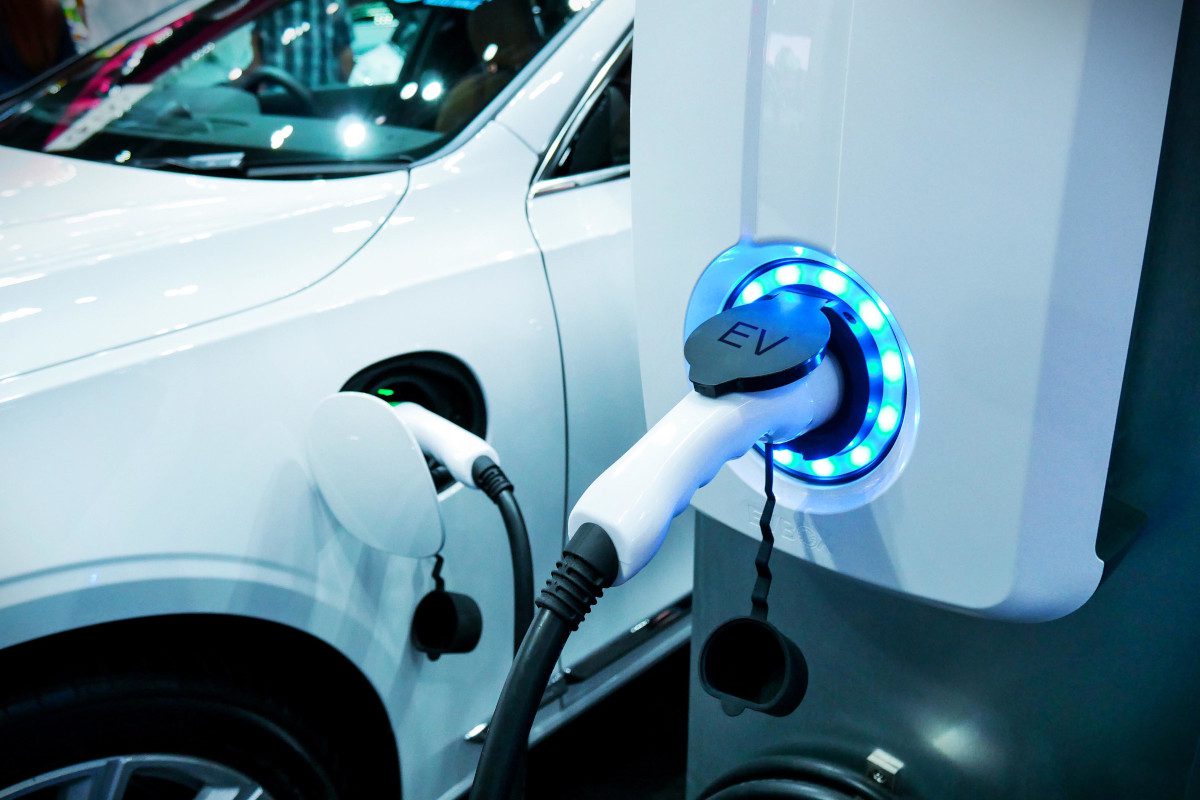
More than two thirds (70%) of cars and LCVs currently being used commercially in the UK could be replaced by electric models, according to new research from telematics firm Webfleet Solutions.
The research is based on anonymised and aggregated driving data from around 100,000 connected vehicles, operated by more than 5,000 fleet customers across Europe.
The report employed the Fleet Electrification Planning Report, a feature of the firm’s fleet management solution, to make recommendations on which ICE vehicles can be replaced with electric alternatives, based on daily-driven distances.
The research concluded that if a vehicle drove less than 300km per day over a 12-month period, it could be replaced with an EV. The 300km maximum daily driving distance was chosen to reflect the average range of the most common, available electric car and LCV models.
Key findings of the research include:
- 70% of business cars and LCVs in UK could be electrified – compared to European average of 61%.
- 82.8% of customers in Europe could replace at least one of their vehicles with an electric model.
- 57% of customers in Europe could replace at least half of their vehicles with EVs.
- 34.4% of European customers could replace all vehicles in their fleet with EVs.
- If all customers estimated to be able to make the switch to electric vehicles did so, their collective gasoline usage would be reduced by more than 42% and their diesel usage by just over 30%. By saving fuel and gasoline their collective CO2 emissions could be reduced by 31%.
“For somebody managing a commercial fleet, one question is particularly important when considering switching to electric vehicles – will an EV be capable of efficiently and safely completing the sort of trips my vehicles take on a daily basis?” explained Taco van der Leij, Vice President of Webfleet Solutions Europe.
“Telematics data can help answer this question and actively support fleet managers in the electrification process. By aggregating this data from thousands of vehicles on the road, it serves as one important indicator to evaluate the potential of fleet electrification for commercial fleets across Europe.”
The UK is ahead of its European counterparts when it comes to EV uptake potential.
In all countries examined, at least half of all business cars and LCVs could be replaced by EVs, with the UK reporting the highest electrification potential. It came out top, with 70% of business cars and LCVs that could be electrified, followed by the Netherlands (69%), France (67%) and Germany (61%).
It is instructive to note that these countries also have a high availability of charging points. Of the 144,000 charging points available across the European Union and UK today, the majority are located in the Netherlands (26%), Germany (19%), France (17%) and the UK (13%).
Many major European cities have also enacted severe restrictions to cut carbon emissions. London, for example, aims to be emissions free by 2040 for all vehicles. Alongside restrictions, incentives such as significant tax cuts and purchasing grants are available to buyers of EVs for both private and business use across many regions.
“The trip distance is only one part of the puzzle,” said Van der Leij. “For example, costs, local charging infrastructure and the charging time of EVs are also important factors for fleets trying to determine if EVs are a practical fit for them.
“The data is clear on this. The trips being taken by the vast majority of business cars and LCVs in the sectors we analysed could also be made by electric vehicles. This will hopefully offer even more encouragement to the many businesses across Europe with ambitions to add EVs to their fleets.”






